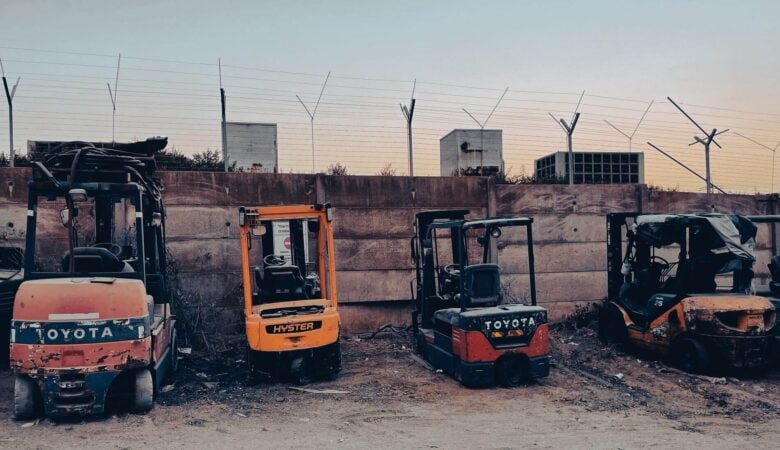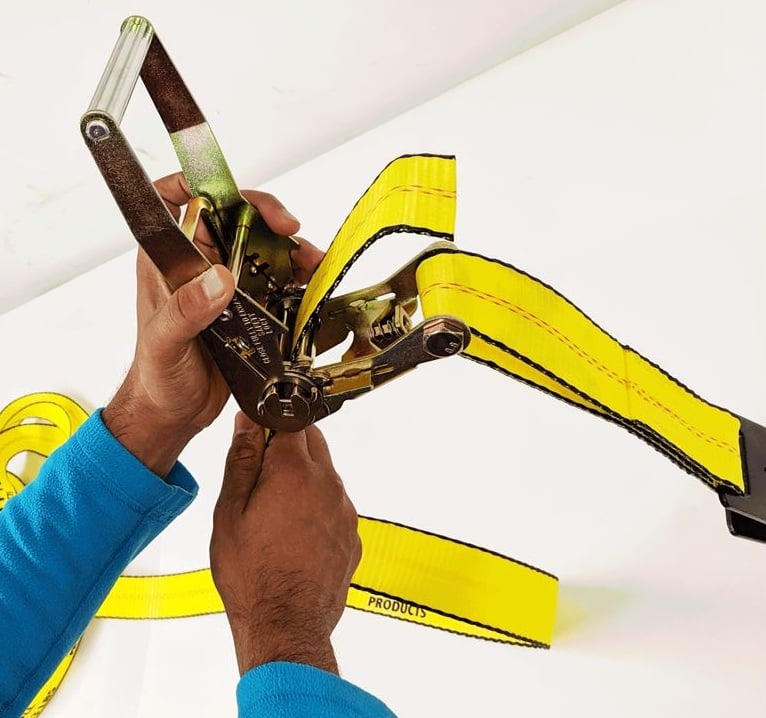In the last couple of months we have seen an up-tick in demand for our bee nets (bee hauling tarps). It happens every spring. Beekeepers looking to transport large colonies over long distances rely on truck drivers and open-deck trailers. The bee nets we sell are intended to keep bees with their colonies and offer some protection against dirt and debris.
In thinking about it, we realized that hauling bees is one of the most challenging jobs in all of flatbed trucking. Right off the top, bees constitute live cargo. Truckers are not just hauling inanimate objects that could easily be replaced in the event of unforeseen damage. They are dealing with living creatures that beekeepers cannot afford to lose.

Dwindling Bee Populations
Honeybee populations have been dwindling over the last couple of decades or so. All around the world, researchers and beekeepers alike have been struggling to find out why colonies are collapsing. In the meantime, they have also been working to restore populations to previous levels. That is the reason truck drivers have to be so very careful when hauling bees.
Beekeepers cannot afford to lose even one hive. They certainly do not want to load a flatbed full of as many as 400 colonies only to have them all collapse before they reach their destination. As such, they are extremely strict guidelines beekeepers and truckers follow for preparing, loading, transporting, and unloading beehives.
From the Trucker’s Perspective
As you know, truck drivers are ultimately responsible for the safety of their cargo from the moment it is loaded until the moment it comes off the trailer. It is a lot of responsibility under normal circumstances, but the responsibility is even greater when a driver is hauling bees.
Truck drivers have to take great care to make sure hives are loaded gently and safely. He or she has to calculate weight to make sure the loaded rig falls within federal and state guidelines. The driver then has to check the height to make sure stacked hives are low enough to accommodate height restrictions. Finally, he or she has to tie down the load with straps in such a way as to secure each one without damaging the protective wood around it.
A bee net is put over the top of the load for reasons mentioned earlier in this post. If the beekeeper has done his/her job, very few bees will escape the hives during transport. Those that do will be kept in the general proximity by the bee net.
Once on the road, the driver has to stop at regular intervals to inspect the load. There can be no room for load shifting as this could upset the colonies. The driver also inspects the bee net to make sure it is still firmly in place. As for the driving itself, the trucker has to take it easy. He/she has to be easy on the gas, easy on the turns, and is consistent as possible with speed.
Good Driving Benefits All of Us
Provided the truck driver does everything by the book, we all benefit. Beehives reach their destination intact and full of healthy bees just waiting to get to work. Those bees are released to pollinate both farmlands and wild nature alike.
Did you know honeybees are among the most prolific pollinators in all of nature? They do the majority of the heavy lifting, so to speak, which is why we cannot afford to allow bee populations to fall any further. Those truck drivers who haul beehives do a difficult job for which we should all be grateful.
















